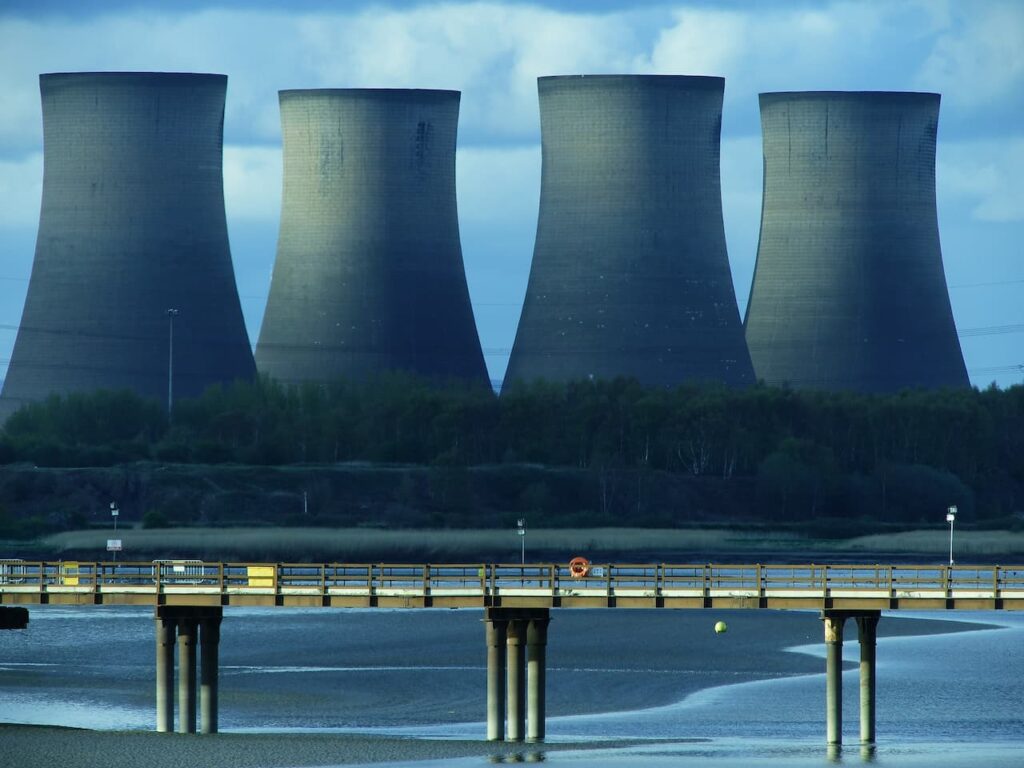
The most powerful power plants
Power plants play a crucial role in supplying energy to homes, industries, and other commercial establishments. Over the years, there have been significant advancements in the technology used in power plants, resulting in the development of highly efficient and powerful plants. In this article, we will explore the most powerful power plants in the world and how they contribute to meeting the growing demand for energy.
Introduction to Power Plants
Power plants are facilities designed to generate electricity. They are usually equipped with machinery that converts mechanical energy into electrical energy. The electricity generated in power plants is then transmitted through a network of power lines and substations to homes and businesses. The different types of power plants include thermal power plants, hydroelectric power plants, nuclear power plants, and renewable energy power plants.
The Most Powerful Power Plants in the World
Three Gorges Dam, China
The Three Gorges Dam is the most powerful power plant in the world. It is a hydroelectric power plant located in China, along the Yangtze River. The plant has a capacity of 22.5 gigawatts (GW) and can produce up to 100 terawatt-hours (TWh) of electricity per year. The plant has 34 generators, each with a capacity of 700 megawatts (MW).
Itaipu Dam, Brazil/Paraguay
The Itaipu Dam is a hydroelectric power plant located on the border between Brazil and Paraguay. The plant has a capacity of 14 GW and can produce up to 103 TWh of electricity per year. The plant has 20 generators, each with a capacity of 700 MW.
Taichung Power Plant, Taiwan
The Taichung Power Plant is a thermal power plant located in Taiwan. The plant has a capacity of 5,500 MW and can produce up to 40.2 TWh of electricity per year. The plant has ten generators, each with a capacity of 550 MW.

Kashiwazaki-Kariwa Nuclear Power Plant, Japan
The Kashiwazaki-Kariwa Nuclear Power Plant is a nuclear power plant located in Japan. The plant has a capacity of 7.965 GW and can produce up to 62.7 TWh of electricity per year. The plant has seven reactors, each with a capacity of 1.1 GW.
The Future of Power Plants
The world’s energy demand is growing at an unprecedented rate, and the need for sustainable and efficient power generation is more critical than ever. To meet this growing demand, power plants are continuously evolving to become more efficient, reliable, and sustainable. One of the most promising technologies for the future of power plants is renewable energy.
Renewable energy power plants, such as solar and wind power plants, are becoming increasingly popular due to their low environmental impact and their ability to provide energy from natural resources. In recent years, many countries have made significant investments in renewable energy, resulting in a rapid increase in the number of renewable energy power plants.
Another technology that is revolutionizing power generation is the use of artificial intelligence (AI) and machine learning (ML). AI and ML can optimize power plant operations, reduce downtime, and improve efficiency. For example, AI and ML can analyze data from power plant sensors to identify potential issues before they cause downtime, reducing maintenance costs and increasing plant availability.
In conclusion, power plants play a critical role in meeting the world’s growing demand for energy. The most powerful power plants in the world, such as the Three Gorges Dam and Itaipu Dam, are essential in supplying energy to millions of people worldwide. As the world moves towards a more sustainable future, renewable energy power plants, combined with AI and ML.
How power plants generate electricity
Power plants generate electricity using various methods, including fossil fuels, nuclear energy, and renewable sources. Fossil fuel power plants burn coal, oil, or natural gas to produce steam, which drives a turbine connected to a generator. Nuclear power plants use the heat generated by nuclear fission to produce steam and generate electricity. Renewable energy sources, such as solar and wind power, use natural resources to generate electricity.
Slot machines and power plants
Slot machines are a popular form of gambling in online casinos, offering players the chance to win big prizes with just a small wager. Slot machines work by using a random number generator (RNG) to determine the outcome of each spin. The RNG uses a complex algorithm to generate a sequence of numbers that determines the position of the reels.
The connection between slot machines and power plants may not be immediately apparent, but both rely on the principles of probability and randomization. Power plants use statistical models to predict demand and optimize the production of electricity. This involves analyzing historical data and using algorithms to identify patterns and trends. Similarly, slot machines use algorithms to determine the likelihood of.